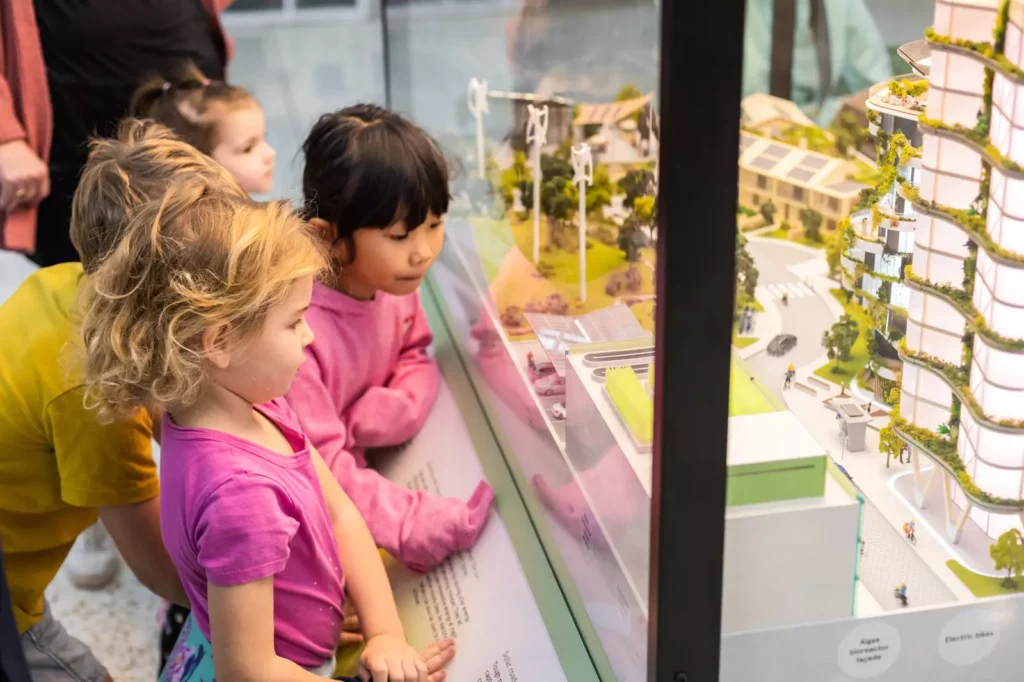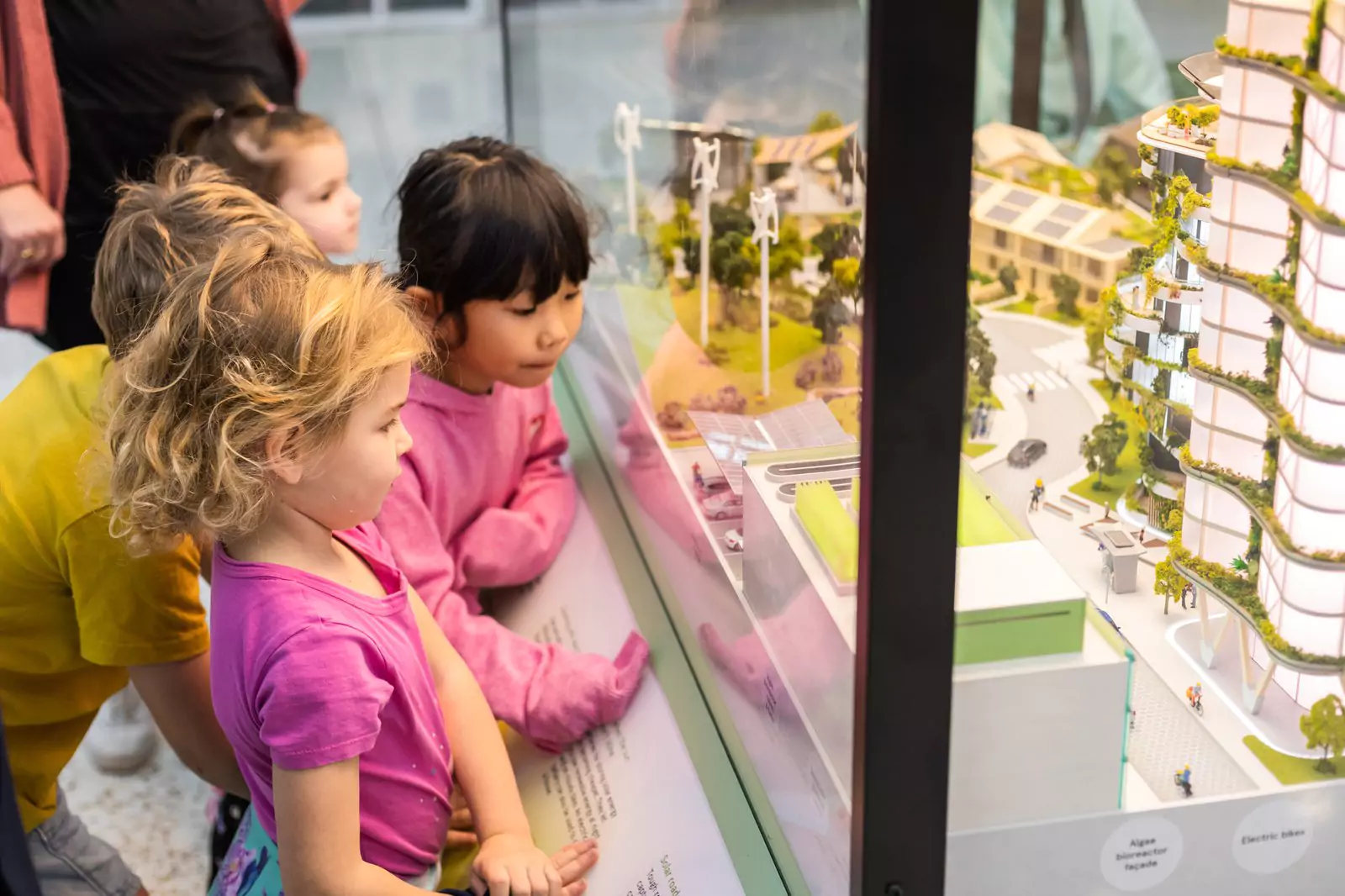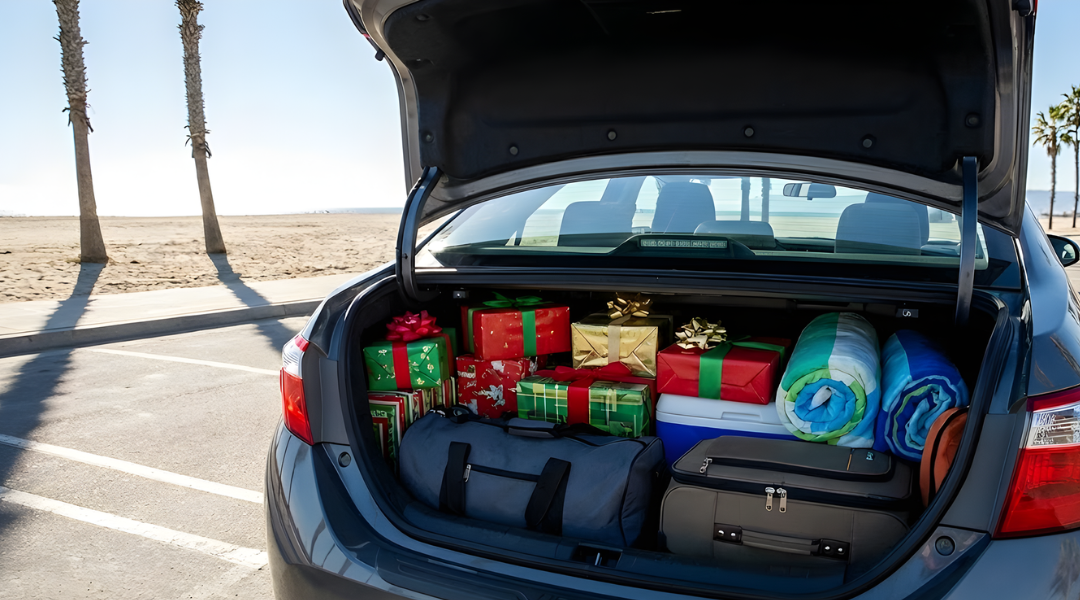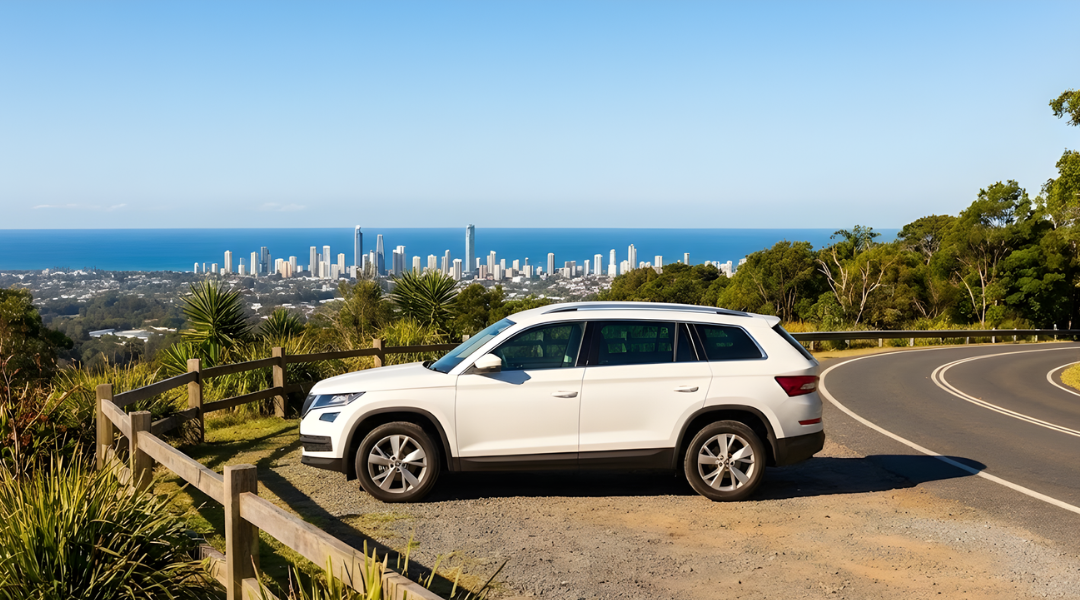Step into the Australian Museum, a treasure trove of knowledge and discovery and the nation’s very first museum, established in 1827. Located in the heart of Sydney’s bustling Central Business District (CBD), directly opposite the verdant expanse of Hyde Park, the museum boasts extensive and captivating collections that span the realms of natural history, science, and culture. From ancient fossils to vibrant Indigenous artefacts, the Australian Museum offers a fascinating journey through the natural world and human history. For visitors looking for car hire near Sydney CBD to explore the city and its surroundings after their museum visit, numerous convenient options are available.
This guide is your essential companion for planning an enriching visit to the Australian Museum. Whether you’re a curious explorer of the natural world, a history enthusiast, or simply seeking a stimulating cultural experience in Sydney, we’ll provide you with a comprehensive overview of its must-see exhibitions, practical tips for your visit, and everything you need to make the most of your time at this iconic institution.

A Brief History: From Colonial Curiosity to National Institution
The Australian Museum holds the distinction of being Australia’s oldest museum, with its origins dating back to 1827. The impetus for its establishment came from the Colonial Office in Britain, which sanctioned a museum in New South Wales for the purpose of collecting the “rare and curious specimens of natural history” found in the new colony.
Initially known as the Colonial Museum or the Sydney Museum, its early years saw the collection housed in various temporary locations around the city. The vision was to showcase the unique flora and fauna of Australia, although the serious scientific research was primarily conducted in Britain during this period.
A significant turning point came in the mid-1830s when the museum was officially renamed the Australian Museum, reflecting its growing focus on the continent’s natural wealth. As the 19th century progressed, the museum saw an increase in the professionalism and scientific training of its staff. This led to an expansion and diversification of the collections, with a greater emphasis on developing the anthropological, geological, and palaeontological holdings.
The museum finally found a permanent home on its current site on the corner of Park and College Streets, opposite Hyde Park. Construction of a dedicated museum building began in the 1840s, with the first section designed by Colonial Architect Mortimer Lewis. Further expansion continued throughout the 19th and 20th centuries, resulting in the diverse architectural styles visible in the museum today, each phase reflecting the growth of its collections and its evolving role as a leading scientific and cultural institution in Australia.
Getting to the Australian Museum
Reaching the Australian Museum is convenient thanks to its central location in Sydney’s CBD:
-
Train: Several major train stations are located within a comfortable 7-minute walk of the Australian Museum:
- St James Station: Exit towards Hyde Park and walk along the park’s edge towards the museum on the opposite side of College Street. Lift access is available at St James Station.
- Museum Station: As the name suggests, this station is very close. Exit onto Liverpool Street and walk north towards the museum on the corner of College and William Streets. Lift access is available at Museum Station.
- Town Hall Station: A major transport hub, Town Hall is also within easy walking distance. Exit towards Park Street and walk east along Park Street until you reach the museum on the corner of Park and College Streets. Lift access is available at Town Hall Station.
-
Bus: Numerous bus services operate throughout the Sydney city centre and have stops near Hyde Park or Town Hall. From these stops, the Australian Museum is just a short walk across or around Hyde Park to its location on College Street. Check the Transport NSW website or app for specific bus routes and stops.
-
Car: Please note that the Australian Museum does not have on-site parking available for visitors. If you plan to drive, you will need to utilise nearby commercial car parks. Some options include Wilson Parking and Enacon Parking, both of which have facilities within a reasonable walking distance of the museum. Limited metered street parking may also be available in the streets surrounding Hyde Park and the museum, but these spots can be difficult to secure, especially during peak times.
-
Walking: Given its central location opposite Hyde Park, the Australian Museum is easily walkable from many areas within the Sydney CBD, including the Pitt Street Mall, Darling Harbour (via a slightly longer walk through the city or along Park Street), and other key city attractions. Enjoy a pleasant stroll through the city to reach the museum’s entrance on William or College Street.
Exploring the Museum’s Treasures
The Australian Museum’s extensive collections offer a captivating exploration of the natural world and human history. Here are some of the key permanent exhibitions you won’t want to miss:
-
Dinosaurs: Prepare to be awestruck by the impressive dinosaur skeletons and fossils that bring the prehistoric world to life. Marvel at the sheer size of these ancient giants and learn about the different periods they roamed the Earth, their diets, and their eventual extinction. This exhibition is a favourite for visitors of all ages.
-
First Australians: Discover the significant and moving collection of Indigenous Australian and Pacific cultural artefacts. This powerful exhibition showcases the rich history, traditions, and contemporary expressions of Aboriginal and Torres Strait Islander peoples, as well as the diverse cultures of the Pacific Islands. Explore intricate artworks, tools, ceremonial objects, and learn about the deep connection these cultures have with the land and sea.
-
Minerals: Be dazzled by the stunning array of rocks and minerals from Australia and around the globe. This exhibition showcases the incredible beauty and diversity of Earth’s geological treasures, from glittering crystals to rare and unusual formations. Learn about their formation, properties, and significance.
-
200 Treasures of the Australian Museum: This signature gallery offers a curated selection of highlights from the museum’s vast collection. Each of the 200 items tells a unique and fascinating story about Australia’s natural and cultural heritage, showcasing the breadth and depth of the museum’s holdings. It’s a fantastic way to get an overview of the museum’s most significant objects.
-
Wansolmoana: Immerse yourself in the vibrant cultures of Pasifika peoples in the Wansolmoana exhibition. Meaning “one salt ocean,” this gallery celebrates the diverse histories, traditions, and contemporary expressions of communities across the Pacific region. Discover intricate artworks, cultural objects, and stories that highlight the deep connections between people, culture, and the ocean.
In addition to these compelling permanent exhibitions, the Australian Museum also hosts a dynamic program of changing temporary and touring exhibitions. These often bring unique and world-class collections to Sydney. It’s highly recommended to check the official Australian Museum website before your visit for current listings, which may include fascinating exhibitions such as Machu Picchu and the Golden Empires of Peru (as an example of a past touring exhibition).
Things to Do at the Museum
A visit to the Australian Museum offers a variety of ways to engage with its fascinating collections and programs:
-
Wander the Galleries: Allow yourself to be captivated as you explore the diverse exhibitions, from the awe-inspiring Dinosaur skeletons to the intricate artistry of First Nations cultures and the dazzling beauty of the mineral collection. Each gallery offers a unique journey of discovery and learning.
-
Take a Guided Tour: Enhance your understanding and appreciation by joining one of the guided tours led by knowledgeable volunteers or museum staff. These tours often focus on specific exhibitions or themes, providing valuable context, insights, and answering your questions. Check the museum’s website or information desk for tour schedules and availability.
-
Participate in Workshops and Talks: Engage more deeply with the museum’s content by attending the workshops and talks offered. These educational programs can range from hands-on activities for families to lectures by experts in natural history, science, and culture. Check the museum’s “What’s On” section for upcoming events.
-
Visit the Museum Shop: Browse the Museum Shop for a curated selection of souvenirs, including dinosaur-themed items, Indigenous art-inspired gifts, beautiful mineral specimens, engaging books on natural history and culture, and unique educational toys. It’s a great place to find a memento of your visit or a special gift.
-
Enjoy the Bistro Gadi and Kiosk: Take a break and refuel at the museum’s dining options:
- Bistro Gadi: Offers a more substantial menu with meals and snacks in a relaxed setting. It’s a great place for lunch or a longer break.
- Kiosk: Provides quick and easy refreshments like coffee, drinks, and light snacks, perfect for a brief pause during your exploration.
-
Explore the Burra Learning Space: If you’re visiting with children, don’t miss the Burra Learning Space. This interactive children’s play area provides hands-on activities and exhibits designed to engage young minds and foster a love of learning about the natural world and culture in a fun and engaging way.
-
Attend Special Events: The Australian Museum frequently hosts special events that offer unique experiences beyond the regular exhibitions. Keep an eye on their website for events such as:
- Peruvian Nights at the Museum: (As an example, if related to a current exhibition) These themed evenings might include talks, music, food, and activities related to a specific culture or exhibition.
- Night Owls: These after-hours events often feature live music, talks, and the opportunity to explore the museum in a different atmosphere.
Accessibility and Opening Hours
Accessibility at the Australian Museum
The Australian Museum is committed to providing an accessible and inclusive experience for all visitors:
-
Full Wheelchair Accessibility: All areas of the museum are fully wheelchair accessible, ensuring that everyone can explore the diverse exhibitions. Ramps and lifts are available throughout the building to navigate different levels with ease.
-
Accessible Toilets and Changing Places Facility: Accessible toilets are conveniently located on various levels of the museum. Additionally, the museum offers a Changing Places facility, providing a larger, more accessible space with a height-adjustable changing table and a hoist, catering to visitors with more complex needs.
-
Assistance Animals Welcome: Guide dogs and companion animals are warmly welcomed in all areas of the Australian Museum.
Opening Hours and Admission
Plan your visit to the Australian Museum with the following general opening hours:
- Daily: 10:00 am – 5:00 pm
- Wednesdays: 10:00 am – 9:00 pm (Please note that the late-night opening until 9 pm on Wednesdays typically applies to the Ground and Upper Ground levels only. Other exhibition levels may close at the regular 5 pm time. It’s best to confirm specific level hours on the museum’s website before your visit).
General admission to the Australian Museum’s permanent exhibitions is free, allowing everyone to discover its core collections. Please note that special temporary exhibitions may have ticket charges. Information regarding ticket prices for specific exhibitions can be found on the museum’s official website.
Tips for Visiting the Australian Museum
To make the most of your visit to the Australian Museum:
-
Check the Official Website: Before your visit on this Wednesday, 30 April 2025, it’s a great idea to check the official Australian Museum website for the most up-to-date information on current exhibitions, special events happening today or during your planned visit, and any changes to opening hours. This will help you prioritise what you want to see and plan your time effectively.
-
Allow Ample Time: The Australian Museum’s collections are vast and diverse, covering natural history, science, and culture. To truly appreciate the breadth of what’s on offer, allow ample time for your exploration. You could easily spend several hours discovering the different galleries and exhibitions.
-
Wear Comfortable Shoes: You’ll be doing a significant amount of walking as you navigate the museum’s various levels and exhibitions. To ensure a comfortable and enjoyable experience, wear comfortable shoes.
-
Consider Joining a Guided Tour: To gain deeper insights into the collections and specific exhibitions, consider joining one of the museum’s guided tours. Knowledgeable guides can provide valuable context and answer your questions, enriching your understanding of the exhibits. Check the tour schedules upon arrival or on the museum’s website.
-
Take Advantage of the Dining Options: If you need a break during your exploration, the Bistro Gadi and Kiosk offer convenient options for refreshments and meals. Take some time to relax and recharge before continuing your journey through the museum’s treasures.
Car Hire Sydney City: Explore the Urban Hub
While the Australian Museum offers a fascinating journey through nature, science, and culture within the heart of Sydney’s CBD, having the flexibility of car hire in Sydney City empowers you to seamlessly explore the diverse neighbourhoods and attractions that surround the urban hub. Imagine effortlessly venturing to Bondi Beach, exploring the historic streets of The Rocks, or discovering the vibrant dining scene in Surry Hills, all at your own pace after your museum visit. For a reliable and convenient car rental experience in the city, consider Alpha Car Hire. With a range of vehicles to suit your urban exploration needs and competitive rates, Alpha Car Hire provides the key to unlocking the full potential of your Sydney adventure, complementing your cultural experiences at the museum with the freedom of independent travel throughout the city and its surroundings.




